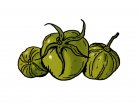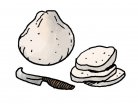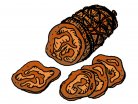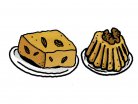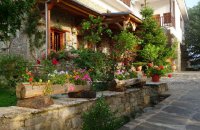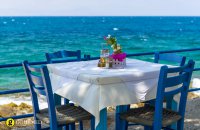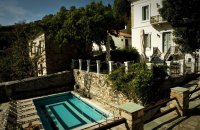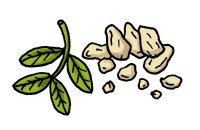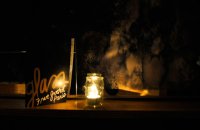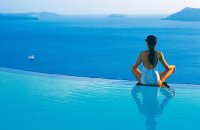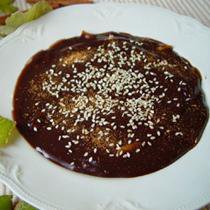To us as children, the 'siesta' was an unbearable two hour break, where playtime and talking was forbidden. Siesta meant staring at our ceilings, the walls, the sockets, the pictures, our toes. The sleep that followed was deep, and waking-up was accompanied by the burning sensation the sea-salt left on our skin. Our reaction to all this was expressed either by silent melancholy or anger.
As time went by, the siesta was sidelined from our lives, with the introduction of daily obligations; transforming this nap into a habit of the lazy. Yet biology has other rules; at about three o’ clock, right after lunch, the eye lids are heavy and the body is saying “have pity on me” demanding the so-called 'siesta'. This word is Spanish and is derived from the Latin expression “hora sexta” (the sixth hour), counting from dawn. The siesta is a traditional and persisting habit around the villages of Spain, Italy and Greece, where the workday starts early; in the city work begins later and the siesta time follow suit.
Napping is considered to be of Spanish origin, which explains why it is widespread across Latin America. Yet it is also a habitual practice in China; the Chinese sleep two hours every afternoon. If I had known this back when I was a child, I would have named those long, tedious afternoons 'Chinese torture'.
Today, the Spanish definition of siesta is fifteen to thirty minutes of rest in pajamas, with all phones turned off, and avoiding all noise. After the siesta, a glass of water and a piece of chocolate are recommended.
Yet on an everyday basis, the thought of leaving work in the middle of the day to wear pajamas and sleep for half an hour makes us laugh. However, as high productivity is not achievable with drowsy workers, the siesta is once again becoming popular, particularly in American enterprises. Sarah Mednick of the Salk Institute defined the siesta as “a product that increases alertness, enhances your sex life, reduces the risk of heart attack, aids in weight loss, and strengthens memory”; and so the siesta has officially entered the gate of contemporary enterprises.
It is strange, but true, that despite being raised with the siesta in my life, it is only after hearing official theory and statistics, that I began to consider this habit beneficial. Deep down I am pleased that the siesta is no longer considered a quaint, but lazy, Mediterranean habit. Due to modern research, I can now classify the siesta as 'beneficial', and perhaps even embrace it.











































